protecting raised bed from thatch
EricaEtelson
9 years ago
Related Stories

GARDENING GUIDES8 Materials for Raised Garden Beds
Get the dirt on classic and new options for raised vegetable and plant beds, to get the most from your year-round garden
Full Story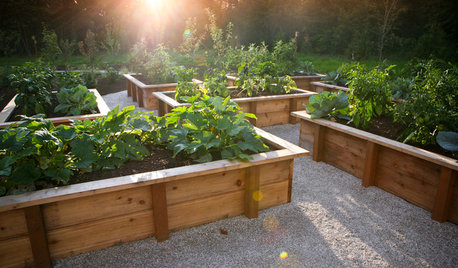
GARDENING AND LANDSCAPINGRaised Beds Lift Any Garden
From good old-fashioned wood garden boxes to modern metal troughs, raised beds can make any landscape space look great
Full Story
FARM YOUR YARDHow to Build a Raised Bed for Your Veggies and Plants
Whether you’re farming your parking strip or beautifying your backyard, a planting box you make yourself can come in mighty handy
Full Story
GARDENING AND LANDSCAPINGBuild a Raised Bed to Elevate Your Garden
A bounty of homegrown vegetables is easier than you think with a DIY raised garden bed to house just the right mix of soils
Full Story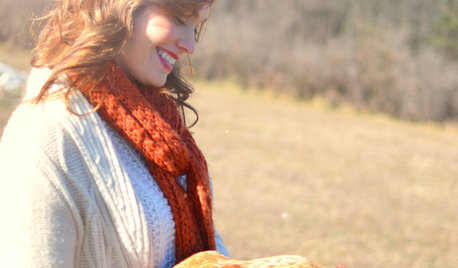
GARDENING AND LANDSCAPINGRaise Backyard Chickens Without Ruffling Neighbors' Feathers
Before you build a coop in the backyard, follow these strategies to help keep your neighbors from squawking
Full Story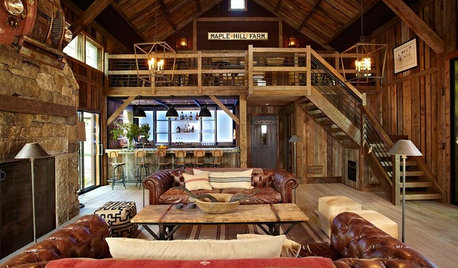
BARN HOMES12 Bar-Raising Barns
Homeowners make hay out of renovated, reclaimed and newly raised outbuildings
Full Story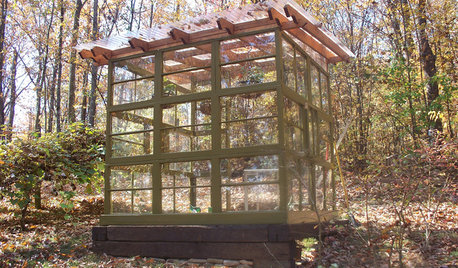
GARDENING AND LANDSCAPINGSee a Family Greenhouse Grown From Scraps
Can-do resourcefulness and less than $400 lead to a new 8- by 8-foot home for plants on a Tennessee family's property
Full Story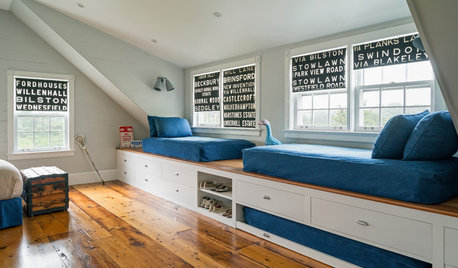
WINDOW TREATMENTSRoller Shades Raise the Curtain on Style
The humble window treatment is stealing the scene with fresh patterns, color and pizzazz
Full Story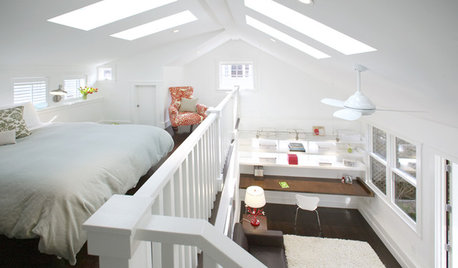
REMODELING GUIDESRaising the Bar for Vaulted Ceilings
Slanted Ceilings: Opportunities for Skylights, Desks or Sleeping Nooks
Full Story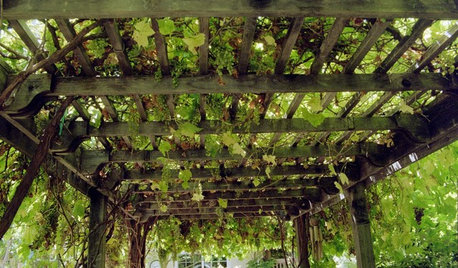
GARDENING AND LANDSCAPINGVertical Gardens Raise the Limits for Landscapes
Turn a small garden space into a towering success with an upward-bound collection of edible delights
Full StoryMore Discussions







zzackey
beesneeds
Related Professionals
Deer Park Landscape Architects & Landscape Designers · Glassmanor Landscape Architects & Landscape Designers · La Marque Landscape Architects & Landscape Designers · Pelham Landscape Contractors · Springfield Landscape Contractors · Davidson Landscape Contractors · Eustis Landscape Contractors · Fairhope Landscape Contractors · Lebanon Landscape Contractors · Old Saybrook Landscape Contractors · Thonotosassa Landscape Contractors · Wareham Landscape Contractors · West Chicago Landscape Contractors · Reisterstown Landscape Contractors · Greensboro Driveway Installation & MaintenanceEricaEtelsonOriginal Author
rina_Ontario,Canada 5a
rina_Ontario,Canada 5a
jonhughes
lilydude
EricaEtelsonOriginal Author
tsugajunkie z5 SE WI ♱
lilydude
beesneeds